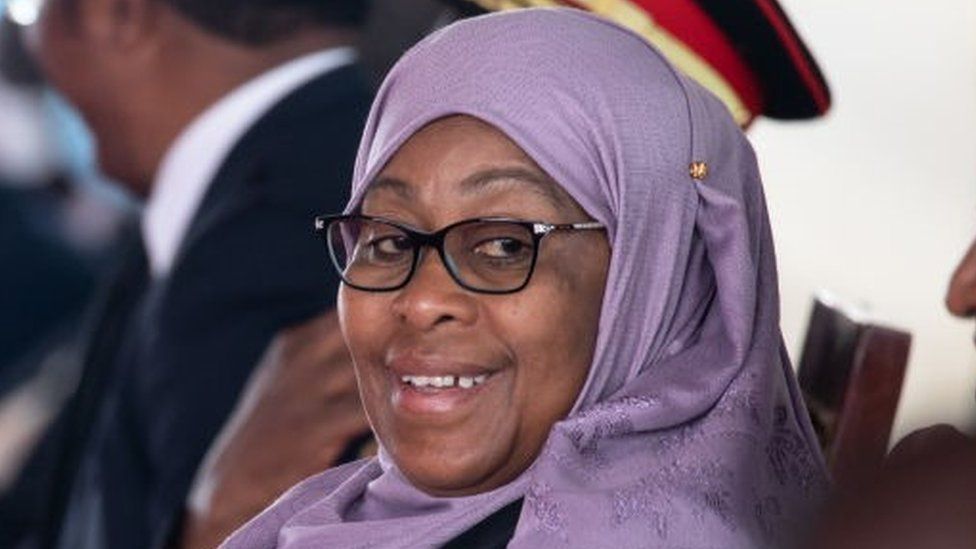Leonardo da Vinci was one of the most remarkable figures of the Renaissance, a period of cultural and artistic flourishing in Europe from the 14th to the 17th century. He was not only a painter, but also a sculptor, architect, engineer, scientist, inventor, and philosopher. His works of art, such as the Mona Lisa and the Last Supper, are among the most famous and influential in history. His notebooks, which contain thousands of drawings and notes on various subjects, reveal his extraordinary curiosity and creativity. He is widely regarded as a genius who epitomized the humanist ideal of the Renaissance.
Table of Contents
ToggleEarly Life and Education
Leonardo was born on April 15, 1452, in the village of Anchiano, near the town of Vinci, in the Republic of Florence (now Italy). He was the illegitimate son of a wealthy notary named Piero da Vinci and a peasant woman named Caterina. He spent his early childhood with his mother in Anchiano, then moved to his father’s house in Vinci at the age of five. He received a basic education in reading, writing, and arithmetic, but did not attend a formal school. He showed an early talent for drawing and painting, as well as a keen interest in nature and animals.
At the age of 14, he was apprenticed to Andrea del Verrocchio, a prominent artist and master craftsman in Florence. There he learned various skills, such as painting, sculpture, metalwork, carpentry, mechanics, and anatomy. He also had access to a rich library of books on art, science, and philosophy. He worked alongside other talented artists, such as Sandro Botticelli and Pietro Perugino. He contributed to some of Verrocchio’s works, such as the Baptism of Christ (c. 1475), in which he painted an angel with a more realistic and expressive style than his master.
Career and Achievements
Leonardo left Verrocchio’s workshop in 1478 and started his own career as an independent artist. He received commissions from various patrons, such as Lorenzo de’ Medici, the ruler of Florence, Ludovico Sforza, the duke of Milan, Cesare Borgia, the son of Pope Alexander VI, and Francis I, the king of France. He worked on various projects, such as paintings, sculptures, frescoes, altarpieces, portraits, maps, plans, designs, models, and studies. He also traveled to different places in Italy and France to study different aspects of nature and culture.
Some of his most famous paintings include:
- The Adoration of the Magi (c. 1481-1482), an unfinished work that shows his mastery of perspective and composition.
- The Virgin of the Rocks (c. 1483-1493), a religious painting that depicts the Virgin Mary with Jesus and John the Baptist in a rocky landscape.
- The Last Supper (c. 1495-1498), a mural that portrays the scene of Jesus’ final meal with his disciples before his crucifixion.
- The Mona Lisa (c. 1503-1519), a portrait of a woman with a mysterious smile that has become an icon of art and culture.
- The Vitruvian Man (c. 1490), a drawing that illustrates the ideal proportions of the human body based on the writings of the ancient Roman architect Vitruvius.
Leonardo was also a prolific inventor who conceived ideas that were far ahead of his time. He designed machines and devices for various purposes, such as flying machines (helicopter), war machines (tank), water machines (submarine), land machines (car), musical instruments (viola organista), optical instruments (telescope), hydraulic systems (canal lock), mechanical systems (clock), and many more. He also studied anatomy extensively by dissecting human and animal corpses and making detailed drawings of their organs and structures. He made discoveries in fields such as geology (fossilization), hydrodynamics (wave motion), physics (friction), astronomy (lunar phases), botany (plant morphology), and mathematics (geometry).
Death and Legacy
Leonardo died on May 2, 1519, at the age of 67, in Clos Lucé, near Amboise, France. He was buried in the Chapel of Saint-Hubert in the Château d’Amboise. His death was mourned by many people who admired his genius and achievements.
Leonardo’s legacy is immense and enduring. His works of art have inspired countless artists and admirers for centuries. His notebooks have preserved his thoughts and discoveries for posterity. His inventions have anticipated many modern technologies and innovations. His vision has influenced many fields of knowledge and culture.
He is widely recognized as one of the greatest artists and thinkers of all time, and a universal symbol of human creativity and curiosity. He is truly a Renaissance man who embodied the spirit of his age and transcended it.











